Sometimes I feel like a thoughtless child when I catch myself using expressions that show a lack of sensitivity for people suffering.
Other times I feel like the expression in question has some insight or specitivity when used in certain contexts, no matter how overused or unfortunate the term might be in general.
“Crazy good” might be a callous expression, but “crazy good art” has some references beyond the association of genius and mental illness and suffering and the classic heart-breaking examples like Van Gogh.
I think there is some artist-to-artist meaning communicated in the phrase, and it is a reference to the “post-project blues” and the level of commitment required to make the piece in question. It is a high compliment expressed crudely for emphasis.
Post-Project Blues
Many artists and writers have mentioned how the overwhelming blues can strike as soon as an immersive project of many months or even weeks is completed.
I can vouch for that.
The wave of enthusiasm and purpose is suddenly gone, and it was an immersive wave that had forward motion. Suddenly there are all the postponed chores to contend with.
But I think the full impact on the brain goes beyond psychology or perception of external factors.
There is also the fact that whatever neural connections you had been running for many hours a day suddenly are dormant.
What does the brain do with all the suddenly available energy? It thinks too much.
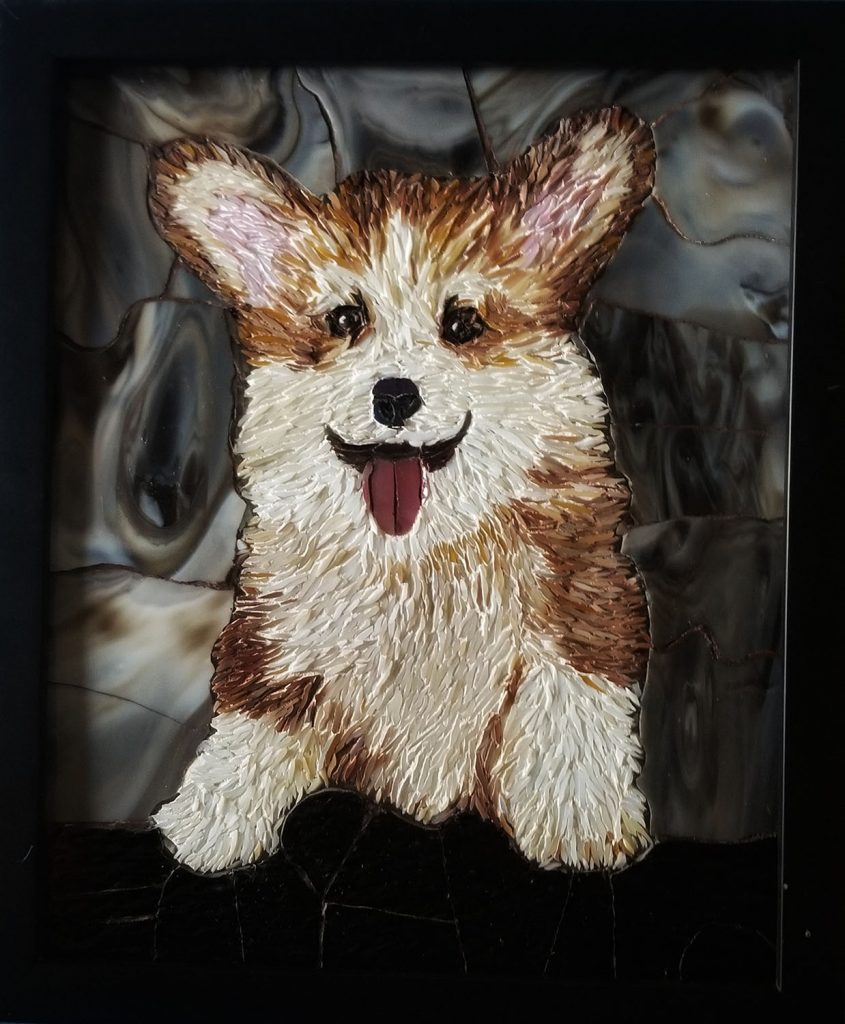
“Piece Rendered” Fur
When I saw artist Jilla Simmons‘ mosaics, the phrase that immediately popped into my mind was “crazy good art.”
I have spent my whole life as a maker of things and a pursuer of skills that take long focus.
Even at age four, I would spend hours and hours creating complicated structures from sticks or blocks or building sets.
Some people look at my artwork and tell me they could never do anything like that, but most of the time I don’t believe them, at least not fully.
But then I look at the precision and detail that some artists have managed, and I think I get it.
I look at animal fur in Jilla Simmons’ mosaics and how the fur is “piece rendered” as tiny tufts or individual hairs, and I find myself thinking only half jokingly:
“If I had to duplicate this art or make something of similar intensity, I could be psychologically warped in some way afterward, at least temporarily.”
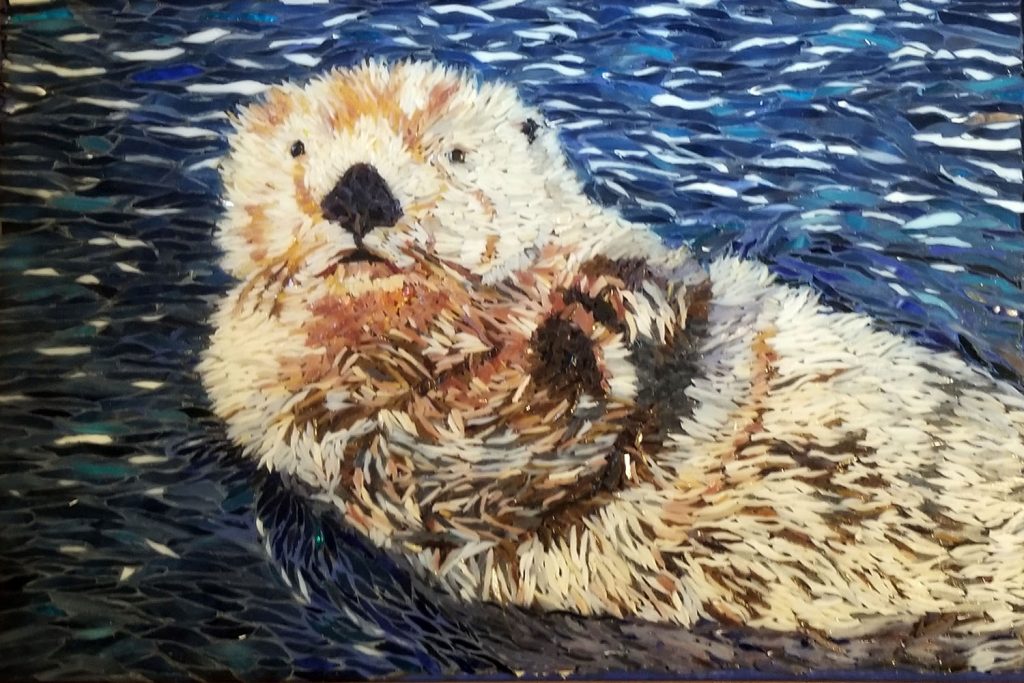
An Eye Beyond Precision
In an age of machine precision and mass production, precision and the difficulty of execution become less and less important in art.
The “artist’s eye” and her imagination are more important, and there are some artists who are masters of precise execution and fine details but lacking in these other qualities.
I was very pleased to see that Jilla has a great eye for color and improvisation on top of her “crazy good” level of precision.
The simulation of water in a clear vase in the mosaic below has nothing to do with precision, but it is amazing. There is the optical distortion from the lens effect and the glossiness of the glass surface to contend with, yet Jilla captures both and creates a sense of light in the image. The level of verisimilitude is beyond what seems possible with a few coarse tiles.
This is a work of impressionistic genius, more like something that would have required oil paints to create:
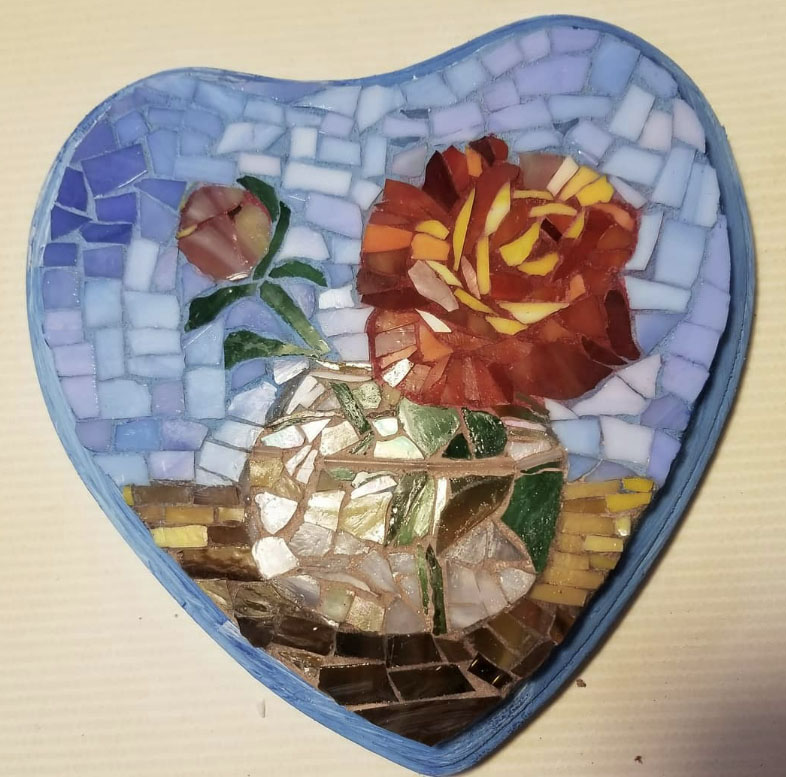
Bright and Shiny Things
Jilla likes to make the kind of bright and shiny things that I love.
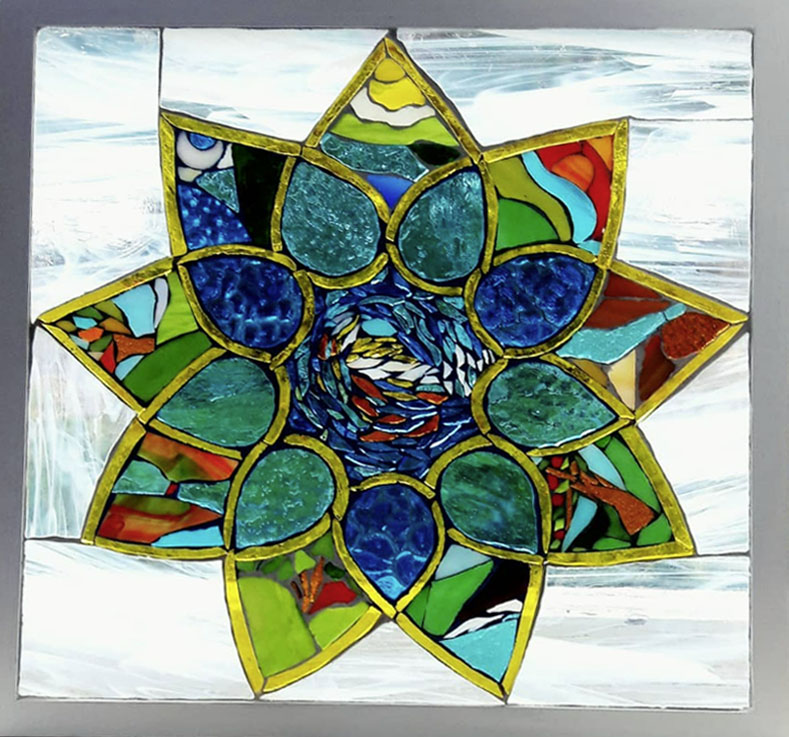
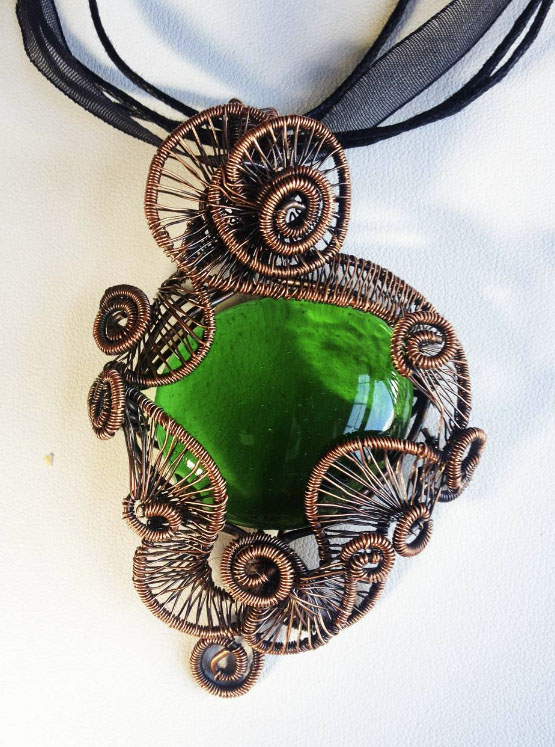
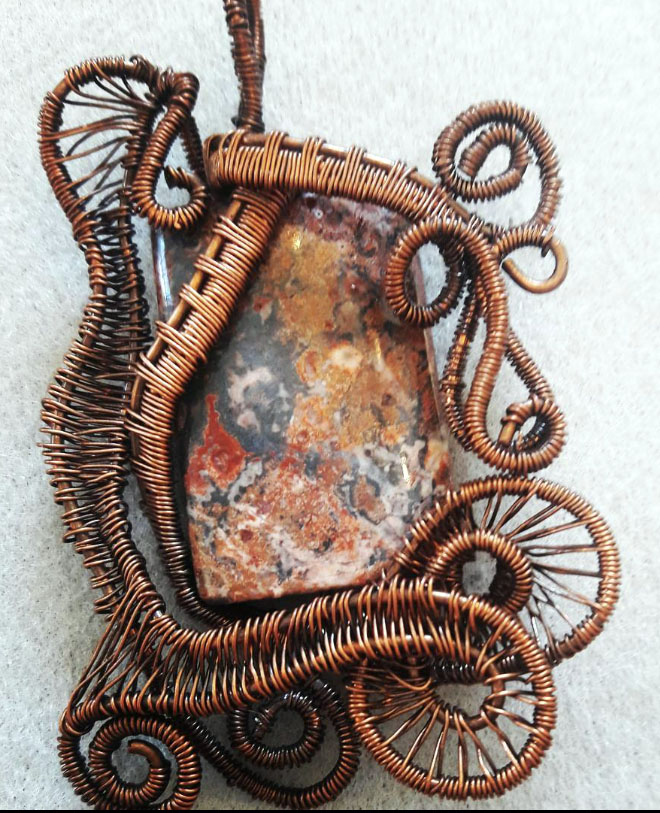

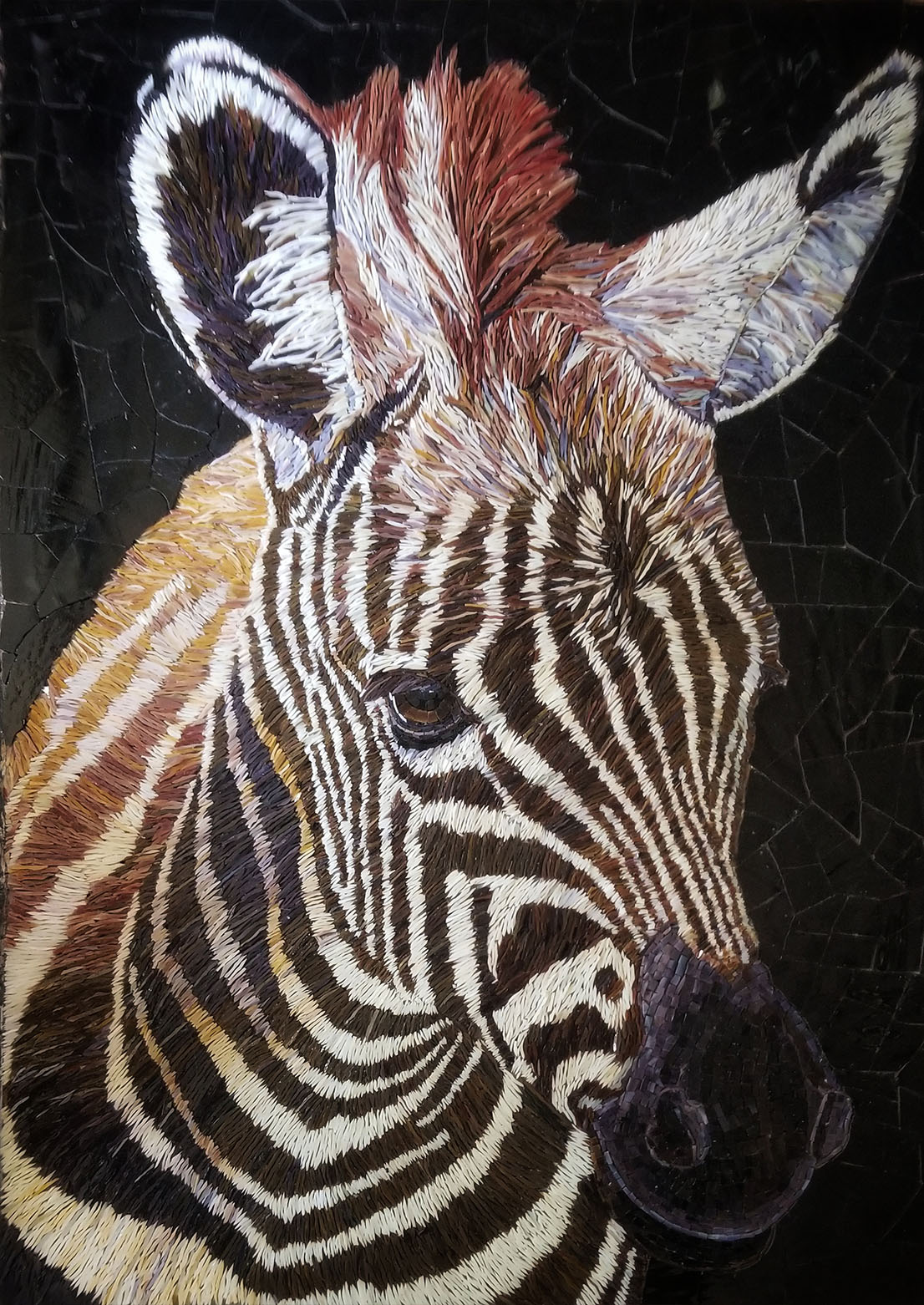
Leave a Reply